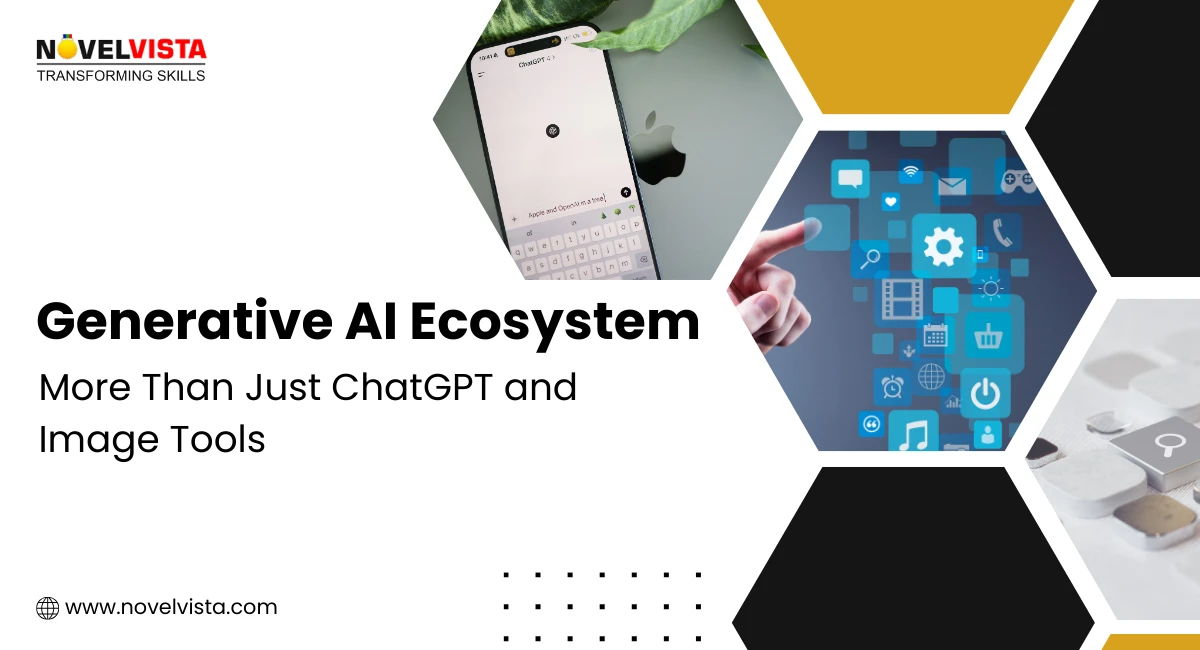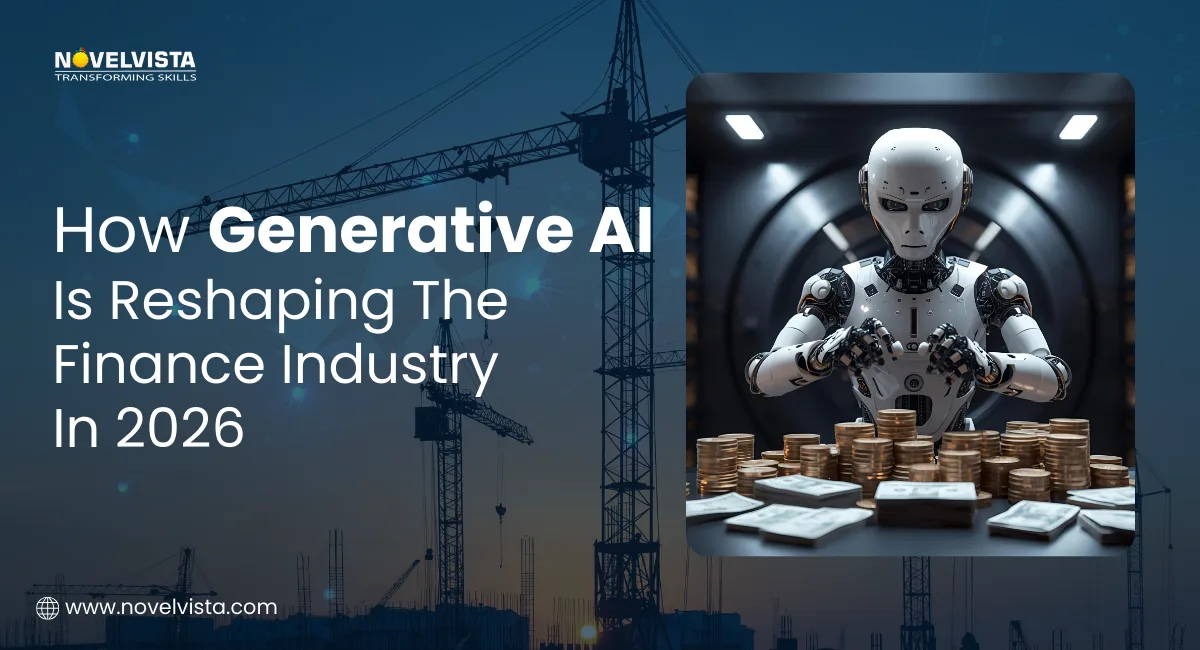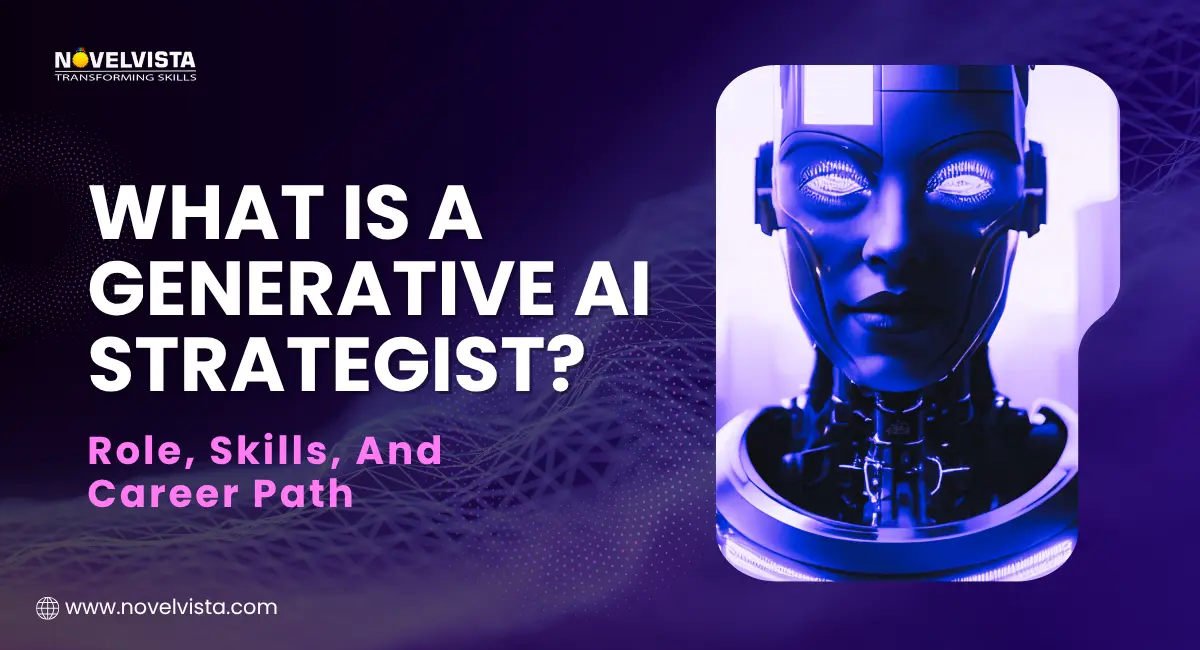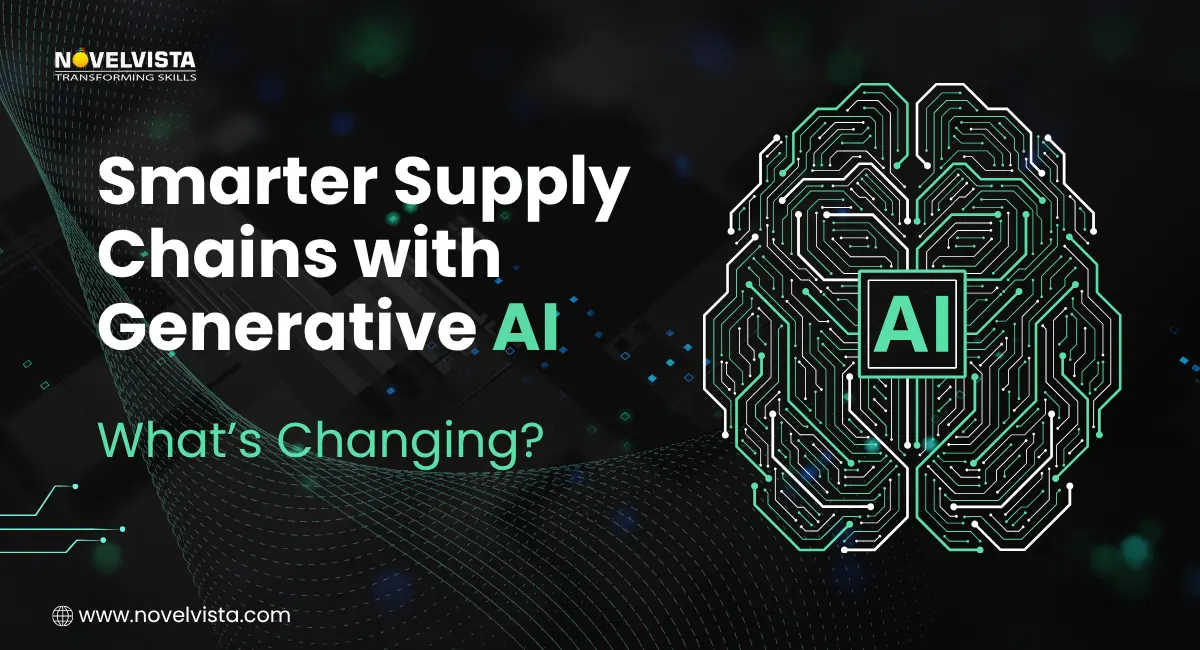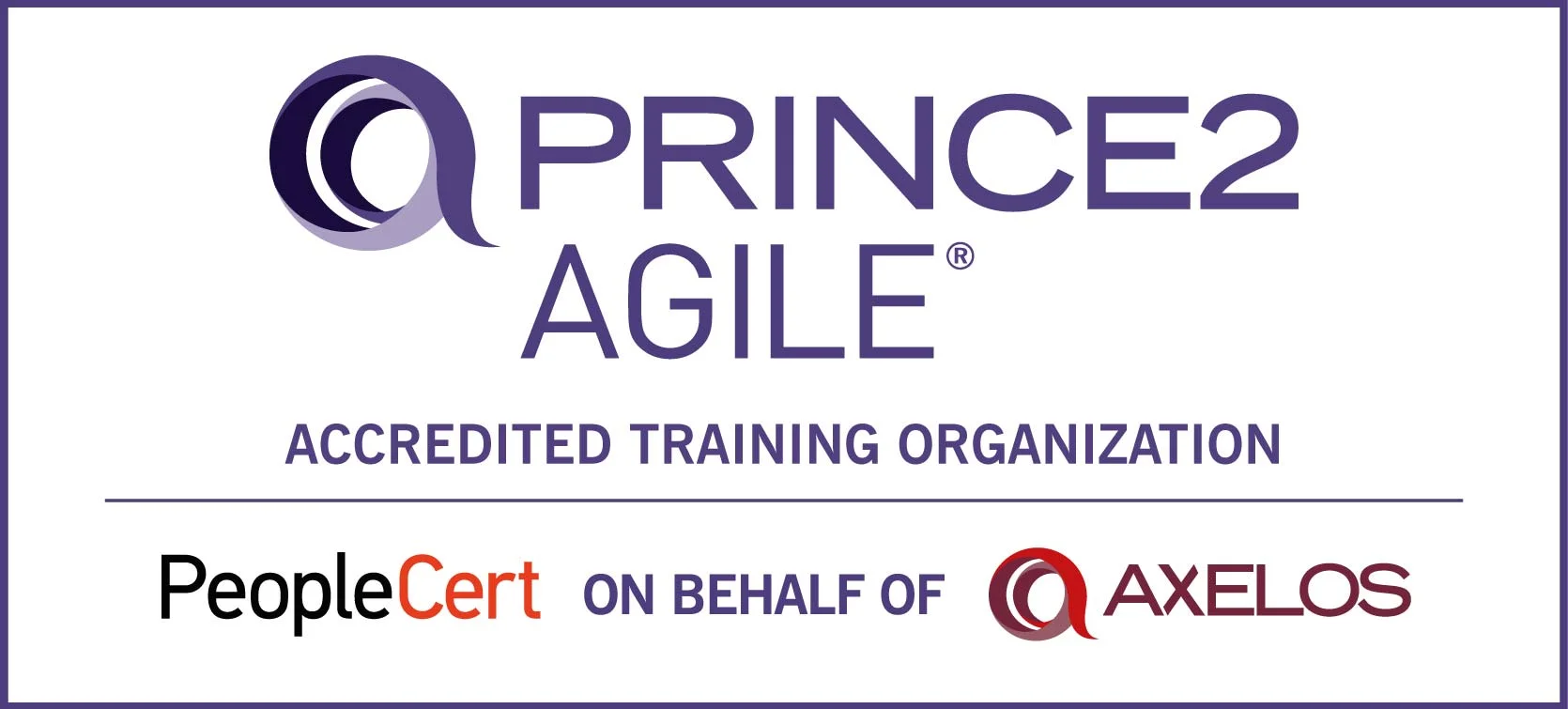- What is Generative AI?
- Generative AI vs Traditional AI
- Key Components of the Generative AI Ecosystem
- Infrastructure Behind the Generative AI Ecosystem
- Opportunities & Challenges in the Generative AI Ecosystem
- Future Trends in the Generative AI Ecosystem
- Why the Generative AI Ecosystem Matters
- Conclusion
- Next Step
If you’ve ever asked yourself, “what does the generative AI ecosystem refer to?”, here’s a simple answer: it’s the network of AI models, platforms, tools, infrastructure, and applications that work together to create text, images, videos, music, and even code. And while ChatGPT and image generators often steal the spotlight, the generative AI ecosystem is much bigger, powering everything from coding assistants to creative content platforms.
Understanding this ecosystem is key to leveraging AI effectively, whether you’re a developer, business leader, or creative professional.
What is Generative AI?
Generative AI is a type of artificial intelligence that doesn’t just analyze or predict; it creates. Unlike rule-based systems that follow set instructions, generative AI can produce new, original content. It’s what allows tools like ChatGPT to write human-like text, DALL·E to generate images from words, GitHub Copilot to assist in coding, or Runway to help create videos.
Some popular examples of generative AI beyond chatbots include:
- DALL·E: Generates images from textual descriptions.
- Jasper: Helps with content creation and marketing copy.
- GitHub Copilot: Assists programmers by suggesting code snippets.
- Runway: Enables video editing and creation using AI.
By simulating human-like intelligence, generative AI opens up creative possibilities that were previously unimaginable.
Check out: Generative AI Complete Guide to get detailed information about generative AI.
Generative AI vs Traditional AI
It’s useful to understand how generative AI differs from traditional AI.
Aspect |
Traditional AI |
Generative AI |
Focus |
Classification, prediction, and analytics |
Content creation and simulation |
Output |
Answer or decision based on data |
New text, images, audio, or code |
Examples |
Fraud detection, recommendation engines |
Chatbots, image generators, coding assistants |
Approach |
Rule-based, statistical models |
Neural networks, LLMs, GANs, diffusion models |
In short, traditional AI answers questions; generative AI creates answers, content, or experiences.
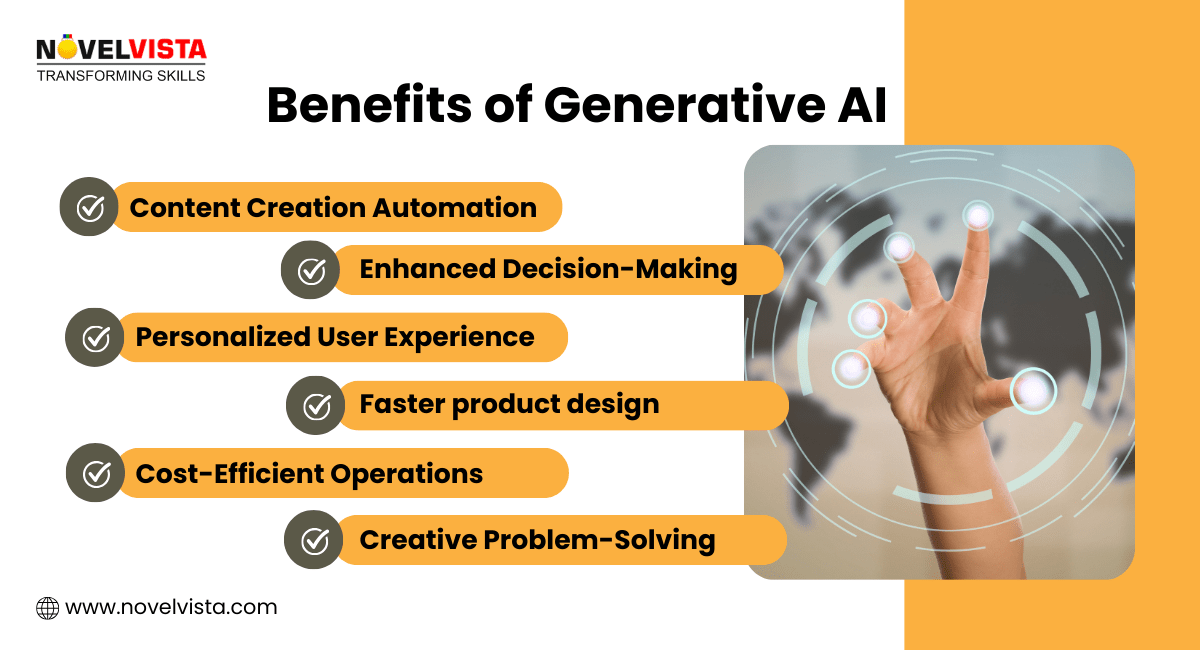
Key Components of the Generative AI Ecosystem
The generative AI ecosystem is more than just a set of tools. It has several interlinked components:
1. Foundation Models
Large language models (LLMs) like GPT, Claude, and LLaMA are at the core. These models can understand, generate, and adapt content across many domains.
2. Multimodal Models
Some models handle multiple data types, text, image, audio, and video, at once. These enable richer AI experiences, such as generating a video from a script or creating an image with descriptive text and background music.
3. APIs & Platforms
APIs like OpenAI’s API, Hugging Face, or Stability AI allow developers to access powerful models without building everything from scratch. They form the connective tissue of the ecosystem.
4. Applications
Applications built on generative AI include:
-
AI writing assistants for blogs and marketing.
-
Image and video generation tools.
-
Voice cloning and text-to-speech software.
-
Coding assistants for developers.
5. Ethics & Governance Layer
The ecosystem also includes ethical guidelines, safety checks, and responsible AI usage frameworks. Bias mitigation, content moderation, and transparency are essential for sustainable adoption.
Generative AI & LLMs Career Roadmap
Build your AI career step by step and unlock roles at top companies like Google, OpenAI, Microsoft & Amazon.
Infrastructure Behind the Generative AI Ecosystem
The generative AI ecosystem wouldn’t exist without robust infrastructure.
Hardware
GPUs, TPUs, and specialized AI chips handle the enormous computation needed to train and run AI models.
Cloud Providers
AWS, Azure, and Google Cloud provide scalable resources for training and deploying AI models globally.
Data Pipelines
High-quality datasets, preprocessing tools, and synthetic data pipelines are the lifeblood of training generative AI models.
MLOps & AI Lifecycle Management
Continuous training, fine-tuning, monitoring, and deployment ensure models remain accurate, efficient, and aligned with user needs.
Opportunities & Challenges in the Generative AI Ecosystem
Opportunities
-
Business Automation: Automating content creation, customer service, and design.
-
Productivity Boosters: Coding assistants, workflow automation, and decision support.
-
Creative Industries: Marketing, media, entertainment, and digital art.
Challenges
-
Bias & Misinformation: Generative AI can inadvertently amplify biases.
-
Data Privacy: Handling sensitive data responsibly is critical.
-
High Costs: Infrastructure, computing power, and model training are expensive.
-
Ethical & Regulatory Issues: Compliance and ethical deployment remain evolving areas.
Future Trends in the Generative AI Ecosystem
The generative AI ecosystem is evolving at lightning speed, and several trends are shaping its future:
1. Open-Source Models
Open-source models are gaining traction, allowing developers to experiment, fine-tune, and deploy AI solutions without relying solely on big tech. This democratizes AI access and fosters innovation.
2. Multimodal AI Growth
The next wave of AI will combine text, image, audio, and video seamlessly. Imagine an AI assistant that reads a script, creates corresponding visuals, and even adds music automatically. This is where the generative AI ecosystem is headed.
3. Domain-Specific AI Assistants
Healthcare, law, finance, and other industries are building specialized AI assistants. These models understand industry jargon, regulations, and workflows, offering highly accurate and practical outputs.
4. AI Regulation & Governance Frameworks
As generative AI becomes mainstream, governments and organizations are developing regulatory frameworks. This ensures ethical usage, protects privacy, and prevents misuse such as deepfakes or misinformation.
Get more information about AI governance with a comprehensive guide on generative AI governance.
5. Integration with IoT & Metaverse
Generative AI will merge with IoT devices and virtual worlds to create intelligent environments. From AI-driven simulations to personalized virtual experiences, the ecosystem is expanding beyond conventional applications.
Also Read: Generative AI and the future of work
Why the Generative AI Ecosystem Matters
So, why should you care about what does the generative AI ecosystem refer to? Because it’s no longer just about using AI tools, it’s about understanding how AI components, infrastructure, and applications work together to drive innovation.
Businesses that tap into this ecosystem can:
-
Automate repetitive tasks and scale creative work.
-
Innovate faster, launching AI-driven products or services.
-
Gain insights from AI-generated content for decision-making.
Professionals can benefit by:
-
Learning new skills like prompt engineering, AI model fine-tuning, or AI ethics auditing.
-
Exploring new job roles in the AI-driven creative economy.
-
Contributing to open-source AI projects and shaping future AI standards.
Developers can leverage the ecosystem to:
-
Build smarter apps with AI capabilities embedded.
-
Experiment with cutting-edge AI models without huge infrastructure costs.
-
Collaborate across teams using APIs, platforms, and cloud solutions.
Conclusion
The generative AI ecosystem is far more than just ChatGPT or DALL·E. It’s a combination of powerful models, platforms, infrastructure, applications, and governance frameworks working together to create, innovate, and transform industries. Understanding what does the generative AI ecosystem refer to helps professionals, businesses, and developers stay ahead of the curve and leverage AI for real-world impact.
Next Step
Step into the generative AI ecosystem with NovelVista’s Generative AI professional certification program. Learn from industry experts, tackle real-world projects, and earn a credential that opens doors worldwide.
Upskill, create, and lead in the AI revolution. Start your journey today!
Frequently Asked Questions
Author Details

Akshad Modi
AI Architect
An AI Architect plays a crucial role in designing scalable AI solutions, integrating machine learning and advanced technologies to solve business challenges and drive innovation in digital transformation strategies.
Course Related To This blog
Generative AI in Project Management
Generative AI in Risk & Compliance
Generative AI in Retail
Generative AI in Marketing
Generative AI in Finance and Banking
Generative AI for HR and L&D
Generative AI in Cybersecurity
Generative AI in Business
Generative AI in Software Development
Confused About Certification?
Get Free Consultation Call

